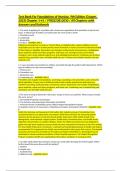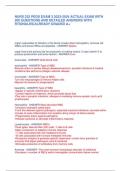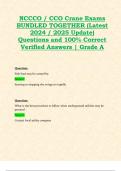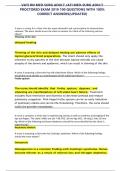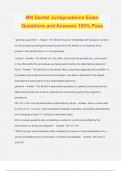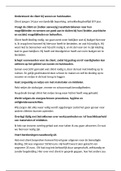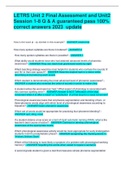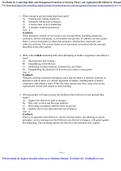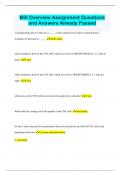Examen
Foundations of Nursing, 9th Edition (Cooper, 2023) Chapter 1-41 / 9780323812030 / All Chapters with Answers and Rationals
- Cours
- Établissement
- Book
Foundations of Nursing, 9th Edition (Cooper, 2023) Chapter 1-41 / 9780323812030 / All Chapters with Answers and Rationals
[Montrer plus]
